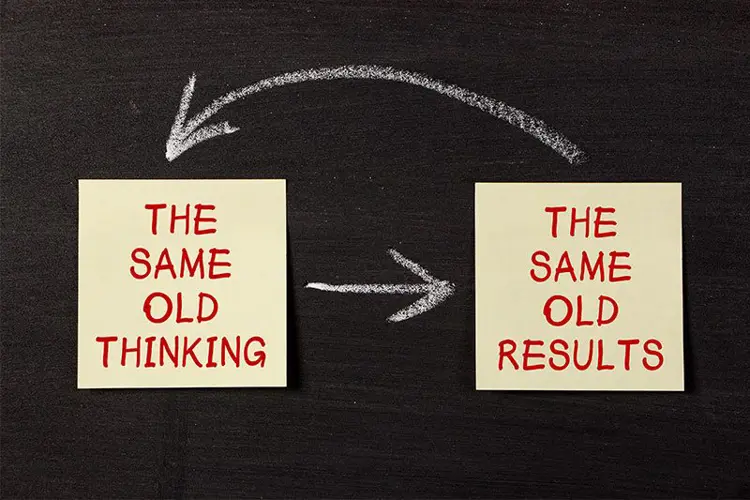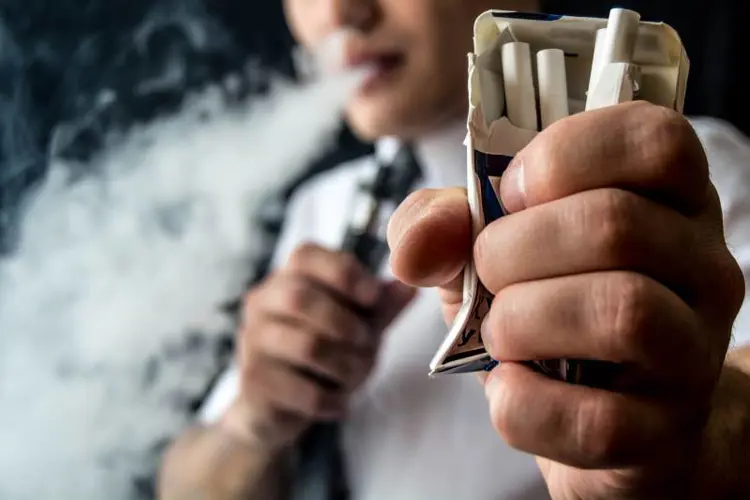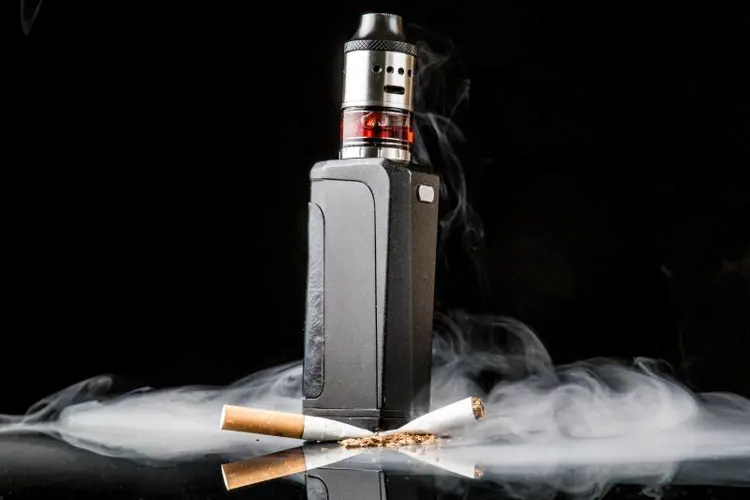It’s been a tradition among anti-vaping researchers to try to prove a gateway from vaping to smoking. It’s seems like a magnet for every researcher lacking either pride or good sense, or both. And as we know, the list of tobacco control zealots limited in those areas is long, deep and continuous.
But it never gets old. The “gateway theory” is an anti-vaping touchstone. Or a cobblestone. Or something. Anyway, they really like trying to do it — and as we’ve seen many before, they can’t prove anything.
This is such a hot topic, Clive Bates wrote a blog post about the common pitfalls encountered by excited researchers writing about gateways, and how journalists can spot them — because no self-respecting gateway proponent forgets to issue a frightening press release.
Here we go again
Now we have a new gateway effort, this one a “meta review,” which combines the data from multiple previous studies to (supposedly) draw more reliable conclusions. It’s in the journal Pediatrics, which has published more than its share of gateway speculation.
The authors make up a who’s who of terrible vaping researchers, including Jessica Barrington-Trimis and Jennifer Unger of the University of Southern California — who’ve been around the block with gateways before — and Samir Soneji of Dartmouth. The full list is too long to print. Everyone wanted in on this.
The criteria they used to choose the studies for their review were these: “longitudinal studies reporting odds ratios for cigarette smoking initiation associated with ever use of e-cigarettes or past 30-day cigarette smoking associated with past 30-day e-cigarette use.” Wait a minute, that a lot of association...right?
An association doesn’t necessarily mean one thing causes the other.
“Whether using e-cigarettes causes a young never smoker to go on to smoke tobacco cigarettes is important,” says Prof. Ann McNeill of King’s College London, addressing the limitations of this study. “This review does not find this. It cannot rule out the alternative explanation that young people who are interested in trying e-cigarettes are also interested in trying tobacco cigarettes.”
In other words, an association doesn’t necessarily mean one thing causes the other. The authors do their best to make the association sound like cause and effect, but all they can do is huff and puff about it. “e-Cigarette use was associated with greater risk for subsequent cigarette smoking initiation and past 30-day cigarette smoking,” they write. But as Prof. McNeill said, it’s just as likely that the study participants are the sort of kids likely to try anything.
If there is a gateway effect it seems to be going the other way.
But these authors aren’t about to be stopped by logic. Really they just want to get to their conclusion, and demand some serious government intervention: “Strong e-cigarette regulation could potentially curb use among youth and possibly limit the future population-level burden of cigarette smoking.”
Sure, maybe. Or maybe cigarette smoking will decline — just like it has since the popularity of vaping began growing rapidly five years ago. That’s right. If there is a gateway effect it seems to be going the other way. Fewer teens are smoking than at any time since we began tracking smoking trends. And more smokers — adult and youth — are using e-cigarettes to quit smoking than any other product.
Last year, writing about Barrington-Trimis’s first trip through the gateway, Dr. Michael Siegel concluded that “as vaping has become more popular among youth, it has displaced cigarette smoking and contributed towards the de-normalization of cigarette smoking.” And so far, that’s what real world numbers suggest.
The Freemax REXA PRO and REXA SMART are highly advanced pod vapes, offering seemingly endless features, beautiful touchscreens, and new DUOMAX pods.
The OXVA XLIM Pro 2 DNA is powered by a custom-made Evolv DNA chipset, offering a Replay function and dry hit protection. Read our review to find out more.
The SKE Bar is a 2 mL replaceable pod vape with a 500 mAh battery, a 1.2-ohm mesh coil, and 35 flavors to choose from in 2% nicotine.
Because of declining cigarette sales, state governments in the U.S. and countries around the world are looking to vapor products as a new source of tax revenue.
The legal age to buy e-cigarettes and other vaping products varies around the world. The United States recently changed the legal minimum sales age to 21.
A list of vaping product flavor bans and online sales bans in the United States, and sales and possession bans in other countries.



















